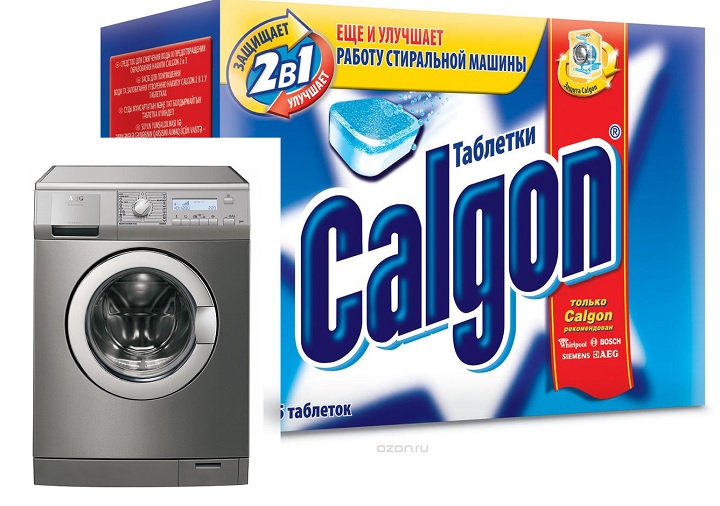 With the advent of washing machines and the deterioration of water quality in urban plumbing, the question arose: How to ensure the safety of appliances without ruining clothes and laundry?
With the advent of washing machines and the deterioration of water quality in urban plumbing, the question arose: How to ensure the safety of appliances without ruining clothes and laundry?
Safe chemicals are not a myth. Of course, everything safe is relatively dangerous.
No one should ignore the usual precautions when using special care products for appliances.
It is very important to know how to apply Calgon in the washing machine to get the desired effect and, even more so, not to harm the machine itself or not to spoil the laundry with clothes.
Chemical components of Calgon
Calgon refers to aggressive chemicals, which is a set of reactive acids and binding polymers, as well as - aromatic additives and polyphosphates, which bind calcium and magnesium ions.
It is calcium and magnesium that form the hardest scale and scum in the washing machine drum, the heating element and other electromechanical parts of washing machines due to the action of heavily chlorinated water during filtration of water.
Composition of
- About 30 to 35 percent of Calgon are polycarboxylates, a set of aggressive acids;
- 10 to 15 percent polyethylene glycol - a substance that binds magnesium and calcium ions (scale and scaling);
- orthophosphate or sodium polyphosphate - also a binder to prevent scaling and fouling;
- about 20% cellulose;
- baking soda;
- flavorings, deodorants, and odor killers.
Completely other means are required to remove contaminants.
Kalgon is intended for prevention of scaling, as a strong preventive means.
Application of Calgon
The effectiveness of Kalgon for washing machines
Studies by some chemists suggest the lack of effectiveness of Calgon as a preventive agent to protect washing machines.
However, the actual composition of this reagent is very powerful and, as an oxidizer, does soften heavily chlorinated water at water utility stations.
Nevertheless, Calgon still enjoys considerable popularity and this is not a consequence of widespread advertising, but the result of its active and effective use.
How to use
Calgon is used only and exclusively for washing machines.
Dosage of Calgon for washing machines depends on the hardness and chlorination of the water in your home plumbing.
How to Determine the Hardness of Your Water
Determining the hardness of your home water and the presence of large amounts of chlorine, calcium and magnesium in it is not difficult. Just take a piece of laundry soap and crumble it into a glass of cold water.
If the soap crumbs after half an hour does not dissolve, then the water is extremely hard and saturated with magnesium and calcium, which will cause scale when washing in the machine without Calgon.
Proportion of use
If using powder Calgon, use 1/3, 2/3 or a whole measuring cup of softener according to hardness.
Powder Calgon is poured into one compartment together with the detergent.
A tablet of Calgon is added directly into the drum of the washing machine and loaded together with the laundry and clothes.
Possible forms of release
All types of Calgon released are very easy to use. However, they are used in different ways, depending on the form.
There is:
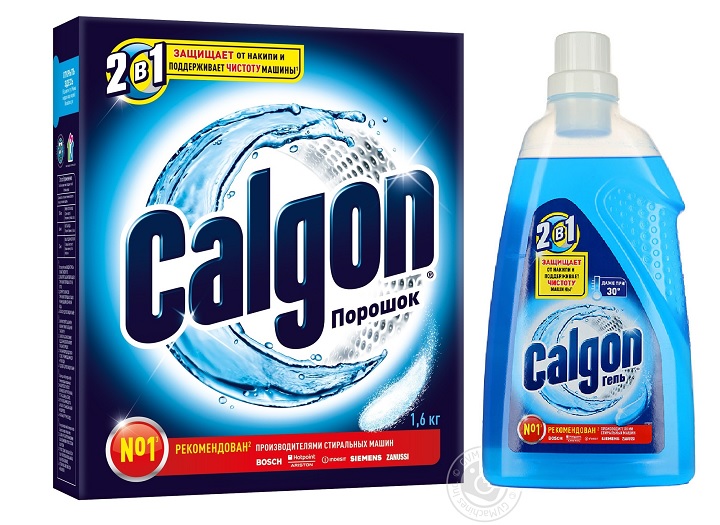 economical powder Calgon - to be added to the tray along with laundry detergent;
economical powder Calgon - to be added to the tray along with laundry detergent;- Calgon tablets - for particularly hard water and added directly to the washing machine drum;
- Gel form - great for both very hard water and softer water.
Packaging
- The powders are available in packs of 0.55kg, 1kg and 1.6kg.
- The pills are packaged in 12, 15, 32, 35, 40 and 70 pills per pack.
- The gel is available in plastic bottles of 0.75, 1.5 and 2 liters.
Existing Calgon substitutes or alternatives
Of course, Calgon - not a panacea in protecting the washing machine from plaque, limescale and dirt. There are other, cheaper analogues. They may be less effective, it is possible that they are weaker advertised, but they exist.
Here are examples of them:
- Alphagon,
- Antacid,
- Citric Acid.
Both the first and the second are quite capable of dealing with problems of contamination of the heating element of the washing machine and the drum. But the real effect of these alternative means studied and tested much worse than Calgon.
Also for cleaning the drum and heater, you can use the simplest citric acid, pouring it into the compartment for liquids.
How does Calgon work
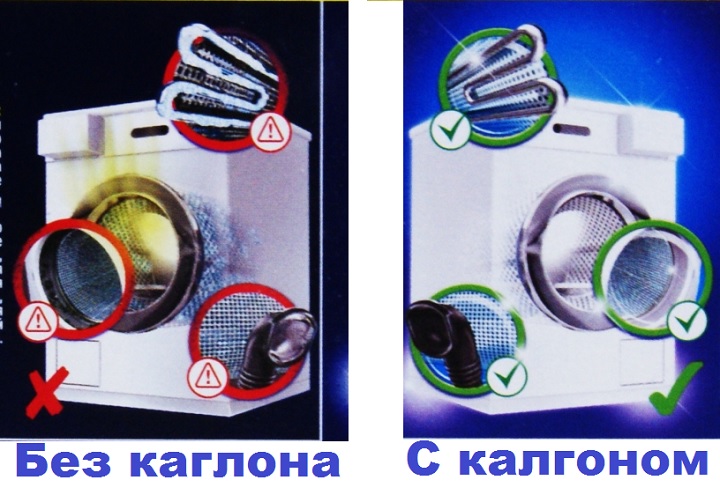 Calgon breaks down the scale with its active substances.
Calgon breaks down the scale with its active substances.
If the layer of scale in the drum and on the heating element of the washing machine is more than 1 mm, the energy consumption increases up to 10% of the norm.
Limescale dissolving Calgon easily copes with the appearance of these problems.
Polycarboxylic acids break down existing scale, and polyethylene glycol prevents the formation of new scale, softening hard chlorinated water.
Conclusions
Any automatic washing machine simply needs constant care for the mechanisms and assemblies that are constantly in contact with water.


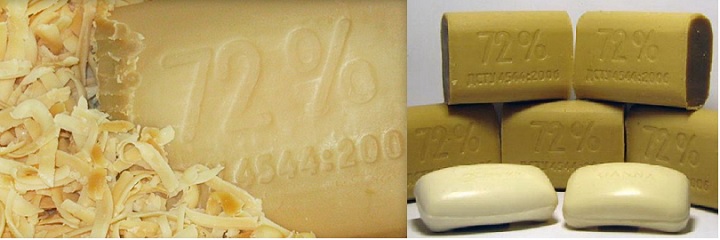
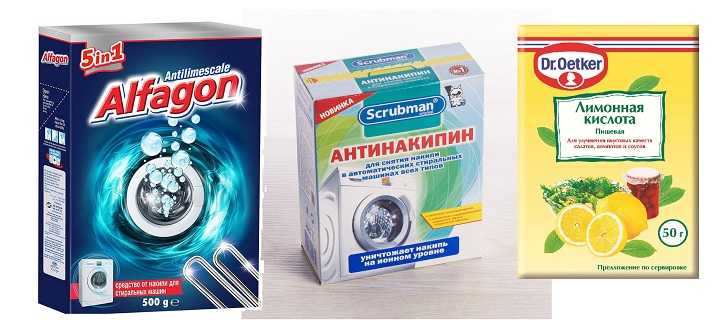


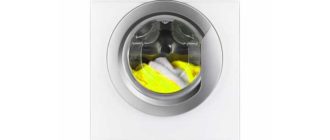
I was suggested when buying my indexit, even advised to use Calgon, and indeed, does a good job, so far no problems